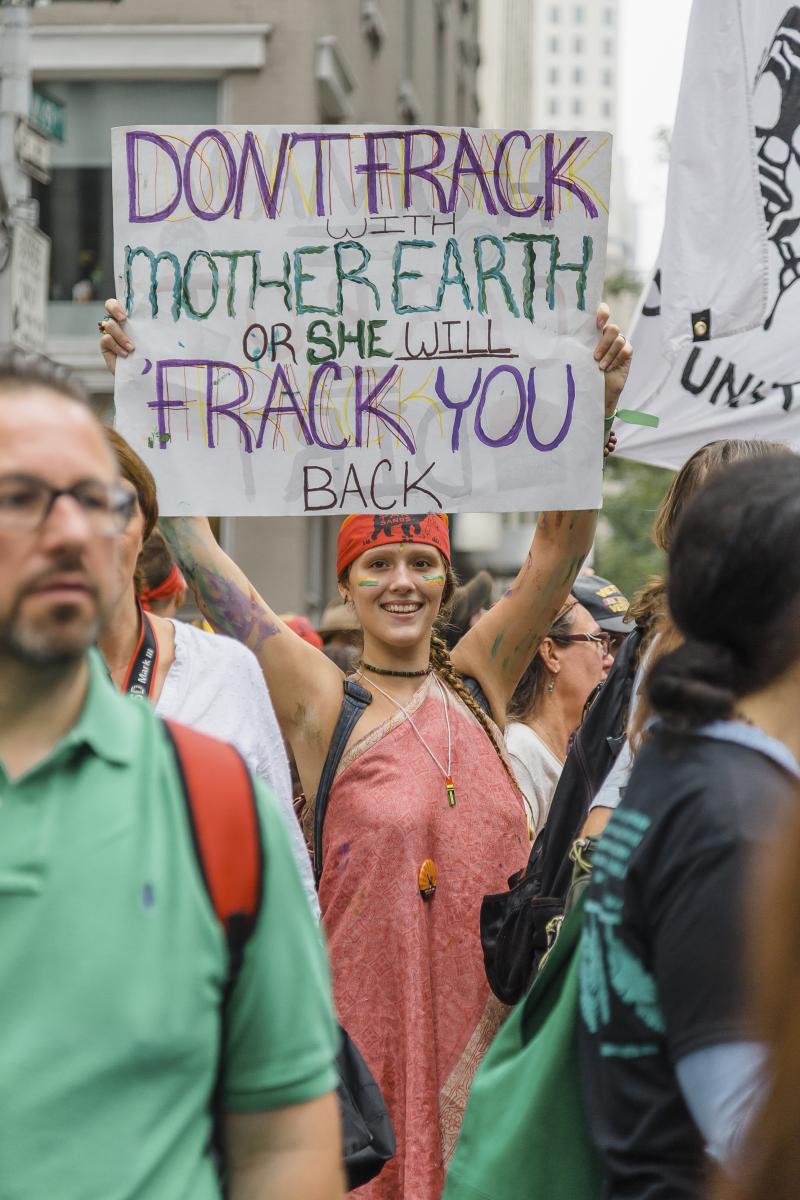Big funds are pulling large sums out of fossil fuel investments, although the momentum towards their green alternatives is gathering only slowly
At the UN Climate Conference held in New York in September, a new narrative emerged on the economic case for taking action on climate: no longer is climate about cost. Now corporations and governments are focused on – and understand – the feasibility of low-carbon solutions. Yet on the government side the only significant news came from the French, who committed $1bn to the newly formed Green Climate Fund (GCF).
First proposed at negotiations in Copenhagen in 2009, the GCF is supposed to help deliver part of the $100bn a year in climate finance promised to developing countries. Get the GCF adequately funded – something expected to happen in November, together with new 2030 energy goals from the EU – and the next international climate negotiations in Lima in December stand a good chance of forging an ambitious draft text. Then, with adequate time and trust rebuilt into the process, it's conceivable a global deal to place caps on emissions could be reached in Paris at the end of 2015.
In the absence of stronger government action, it fell to institutional investors to step up with billion-dollar pledges. Most prominent among them was an announcement by two insurance industry associations – managing one-third of the world's investment capital – that would see a 10-fold increase in climate investments to $420bn by 2020.
“The whole field of sustainable investing has been largely equities, but now we are breaking into fixed income, which is a new frontier that's very exciting,” says Chris Fox, director of special projects at Ceres, a Boston-based non-profit investor group that advocates environmental sustainability.
Other significant announcements included some of the world’s largest pension funds committing to growing low-carbon investments to more than $30bn by 2020; a group of major commercial banks collectively promising to issue green bonds – and other “green” finance instruments – worth $30bn before 2016; and the launch of Bank of America’s Catalytic Finance Initiative, aimed at stimulating at least $10bn of new, high-impact clean energy investment worldwide. However, a great deal of capital is still sitting on the sidelines, says Sean Kidney, chief executive officer of the Climate Bonds Initiative, a London-based non-profit group promoting large-scale investment in a low-carbon world.
Historically, funding for solar, wind and other clean energy has come from the balance sheets of utility companies and project finance from banks. That money is now shifting as a host of new institutional investors – ranging from pension funds and insurance companies to sovereign wealth funds, endowments, foundations and investment managers – begin to step into the green bonds market.

Zurich Insurance Group, one of the largest public companies in the world, doubled its investment to $2bn this past summer. Green bonds, which provide capital for clean energy projects with a promised return on investment, make good business sense. The question is whether enough “deal flow” can be generated to meet demand and, if so, whether enough money can be raised to close the so-called “clean-energy investment gap”.
The goal is to double annual clean energy investments to $500bn by 2020 and reach $1tn annually by 2030, says Fox, referring to a target set out in 2012 by the International Energy Agency. So far, however, clean energy investment is lagging, having peaked in 2011 at $318bn. Bloomberg forecasts the green bond market to more than double in size in 2014 over the previous year, yet there have also been setbacks such as oil giants BP and Chevron group dismantling or selling off their green energy units.
Where might the additional monies come from? Astonishingly, one might look to the heirs of the $840m John D Rockefeller oil fortune who – at the start of the one-day conference in New York – announced their intention to fully divest from fossil fuel industries.
Less widely reported, but perhaps of greater significance, was the decision by a group of institutional investors aiming for a divestment target of $100bn. Those involved include the Fourth Swedish National Pension Fund (AP4) and Europe's largest asset manager, Amundi. Part of the Portfolio Decarbonization Coalition which is co-founded by the UN Environment Program Finance Initiative, the effort is tied in to the Montreal Carbon Pledge, another new initiative enabling investors to commit to measure and publicly disclose the carbon footprint of their investment portfolios on an annual basis. Overseen by the UN Principles for Responsible Investment, the Montreal Carbon Pledge aims to attract $3tn of portfolio commitment in time for the UN Climate Change Conference in December 2015.
All credit the divestment movement for exerting tremendous pressure, but it must be remembered that divesting from fossil fuels does not equate to investing in renewables.
clean energy climate change divestment fossil fuels Fracking renewable energy solar power wind energy

